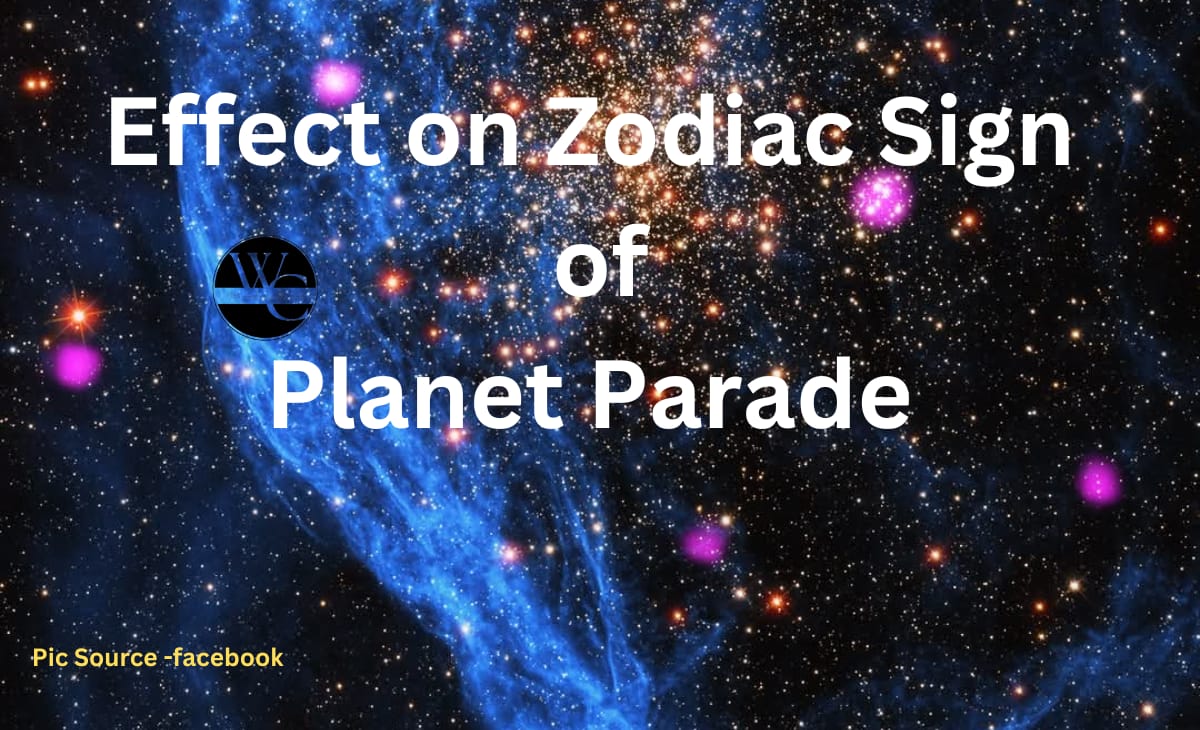When Will It Happen ?
The planet parade will occur in January 2025, with the most spectacular views around January 21. The event will last several weeks, extending into mid-February.
Where to See It ?
The alignment of six planets—Venus, Mars, Jupiter, Saturn, Uranus, and Neptune—can be observed in the evening sky.
- Venus and Saturn will be visible low in the southwestern sky after sunset.
- Jupiter will shine bright overhead.
- Mars will rise in the eastern sky later in the evening.
- Uranus and Neptune will require binoculars or a telescope due to their faintness.
How to Watch It ?
- Find a dark sky location with minimal light pollution.
- Use an astronomy app or sky chart to locate the planets.
- Bring binoculars or a telescope for viewing Uranus and Neptune.
- Plan for January 29, when the new moon ensures darker skies for better visibility.
The planet parade in January 2025 will be visible worldwide, but the clarity and visibility of the planets with the naked eye depend on several factors, including:
- Geographic Location:
- People in locations near the equator generally have a better view of the alignment as the planets will appear higher in the sky.
- Northern and southern hemisphere viewers will see similar alignments, but the visibility of specific planets may differ slightly due to their position relative to the horizon.
- Light Pollution:
- Cities with minimal light pollution, such as rural areas or dark-sky reserves, will offer the clearest views. Major urban areas with heavy light pollution (e.g., New York City, Tokyo, or London) may obscure the fainter planets like Uranus and Neptune.
- Weather Conditions:
- Clear skies are essential. Cloudy or foggy weather will reduce visibility. Coastal or desert areas with consistent clear weather offer the best chance for observation.
Cities Ideal for Viewing
Here are examples of places where the parade could be visible clearly with the naked eye, weather permitting:
- Africa: Nairobi (Kenya), Cape Town (South Africa)
- Asia: Jaipur (India), Chiang Mai (Thailand), Ulaanbaatar (Mongolia)
- Americas: Sedona (USA), Atacama Desert (Chile)
- Europe: Tenerife (Spain), Scottish Highlands (UK)
- Oceania: Alice Springs (Australia), Queenstown (New Zealand)
In Urban Cities
In most cities worldwide, planets like Venus, Mars, Jupiter, and Saturn will still be visible to the naked eye, even with moderate light pollution. However, observing Uranus and Neptune without equipment will be challenging unless you are in an area with dark skies.
Using a dark-sky map or an astronomy app can help you find the best local viewing spot.
Trump’s Second Term: Astrological Insights UP & Down
Astrological Effect on Zodiac Signs
Astrologers often associate planetary alignments with heightened energies and shifts in individual and collective consciousness.
- Aries, Leo, Sagittarius (Fire Signs): You may feel a surge of ambition and inspiration. Focus on your goals but balance impulsiveness.
- Taurus, Virgo, Capricorn (Earth Signs): Practical matters and stability will take center stage. Use this time for planning and grounding yourself.
- Gemini, Libra, Aquarius (Air Signs): Communication and social connections will thrive. Embrace new ideas and collaborations.
- Cancer, Scorpio, Pisces (Water Signs): Emotions may intensify. This is a time for self-reflection and nurturing close relationships.
While astrology links such events to personal growth, remember that the scientific impact of the planet parade is purely visual and has no physical effects on Earth.

